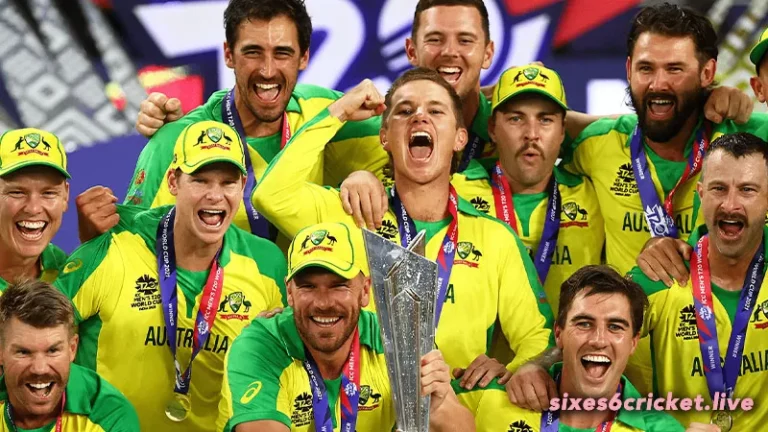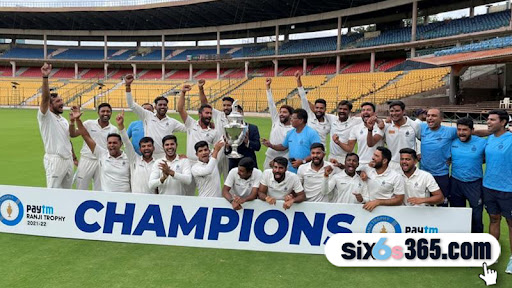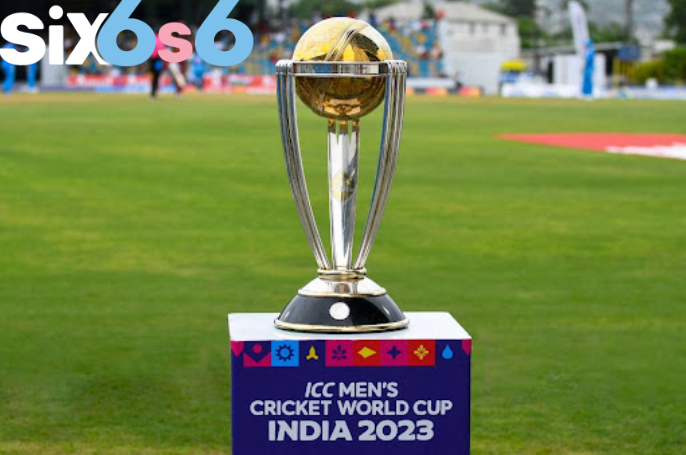Which team won the first-ever Ranji Trophy?
The Ranji Trophy, a cornerstone of Indian cricket, is currently underway. While the national team engages in the much-anticipated T20 series against South Africa, cricket enthusiasts and broadcasters are devoting significant attention to this age-old domestic competition. While many cricket aficionados are familiar with the Ranji Trophy’s history and traditions, there are several lesser-known aspects that may have escaped the average Indian’s knowledge. Let’s explore three such hidden facets of this esteemed contest.
#1 The Cricket Championship of India
The Ranji Trophy has a rich history that dates back to the 1930s when it was conceptualized following a meeting within the Board of Control for Cricket in India (BCCI) in July 1934. However, the competition that preceded the Ranji Trophy was known as the “Cricket Championship of India.” This premier first-class domestic competition was a groundbreaking development in Indian cricket.
Interestingly, before the Cricket Championship of India, there existed another significant tournament called the “Bombay Quadrangular.” This competition ran from 1912 to 1936. Subsequently, it evolved into the “Pentangular” with the addition of an extra team. What set this tournament apart was the division of teams along religious lines: Europeans, Parsees, Hindus, and Muslims.
However, post-Independence in 1946, the BCCI decided to discontinue the Pentangular format due to its divisive nature and replaced it with a zonal tournament, marking a significant shift in the structure of domestic cricket in India.
#2 The truth about Maharaja Ranjitsinhji
The Ranji Trophy is named in honor of Kumar Shri Ranjitsinhji, a legendary figure in the history of Indian cricket. Often hailed as India’s first cricketer, it’s important to note that Ranjitsinhji never represented India in international cricket. His association with the sport was primarily as a prominent figure in the English cricketing circuit.
Ranjitsinhji, who migrated to England during his formative years, became a loyal cricketer for Sussex and the English national team. Despite his remarkable batting prowess and exceptional fielding skills, he faced barriers to representing England due to prevailing prejudices and veiled racism. His aspirations of captaining the English team were unfulfilled.
With an extraordinary record of 72 centuries and 109 fifties in county cricket, Ranjitsinhji’s legacy was firmly established. It was only fitting that a trophy of such prestige be named posthumously in his honor, recognizing his towering stature and cricketing talent.
#3 The inaugural champions
The inaugural season of the Ranji Trophy in 1934-35 saw Bombay emerge as the first champions. The trophy presented to the winners was donated by Maharaja Bhupinder Singh of Patiala, adding to the historical significance of the competition. Bombay clinched the title by defeating North India in the final.
Remarkably, Bombay’s dominance in the Ranji Trophy continued for two decades. They embarked on a remarkable winning streak, securing the title an astonishing 15 times consecutively from 1958-59 to 1972-73, leaving an indelible mark on the history of the competition.
The inception of the Ranji Trophy was marked by a match between Madras and Mysore at Chepauk on November 4, 1934. This historic game featured the first ball bowled by right-arm medium pacer M.J. Gopalan of Madras to N. Curtis.
A unique aspect of the Ranji Trophy’s early rules was that in the event of a drawn match, the outcome was determined solely based on the performances of the two teams in the first innings. This distinctive rule of relying on the first innings lead to determine the winner has persisted in the competition, albeit in a more impartial form, to this day.








